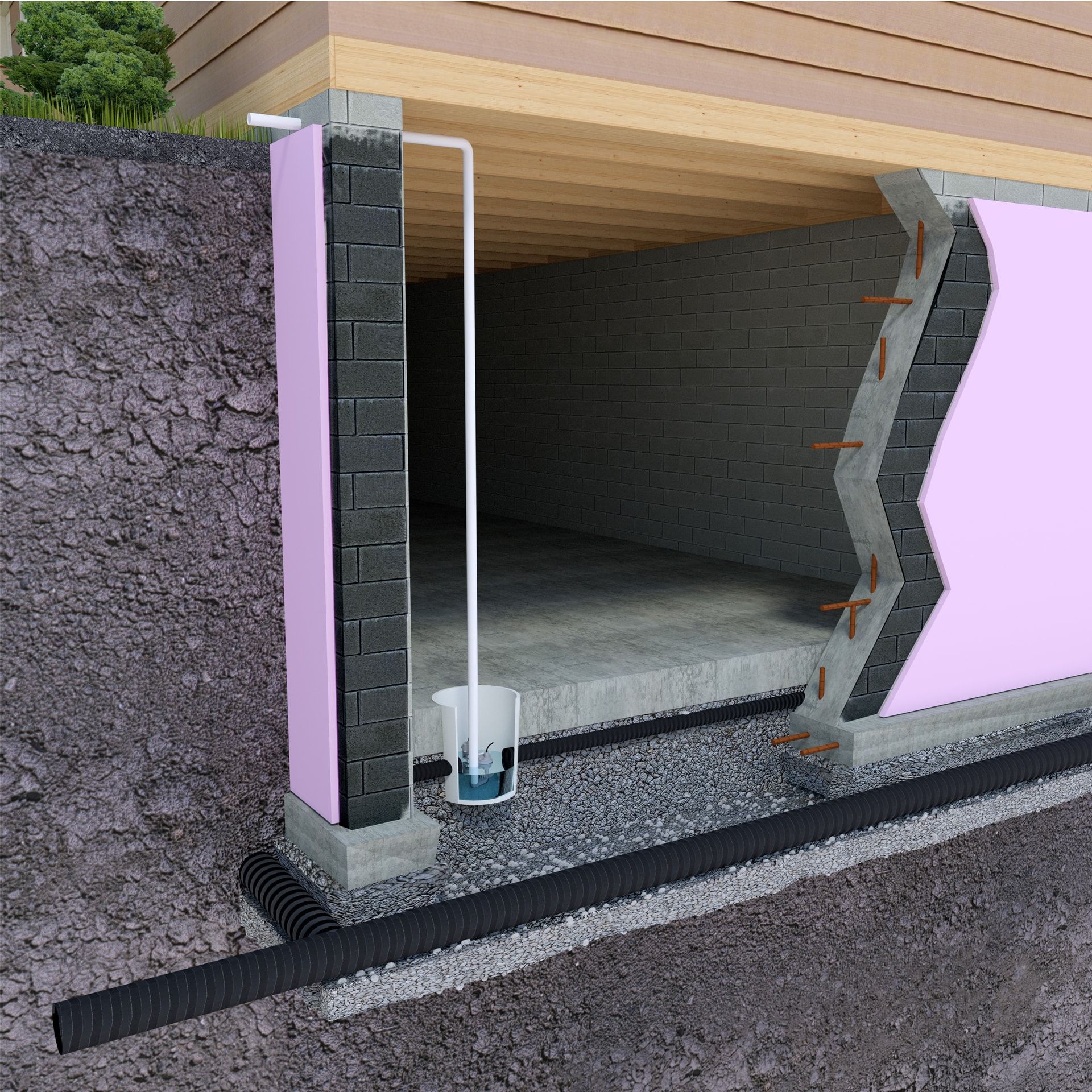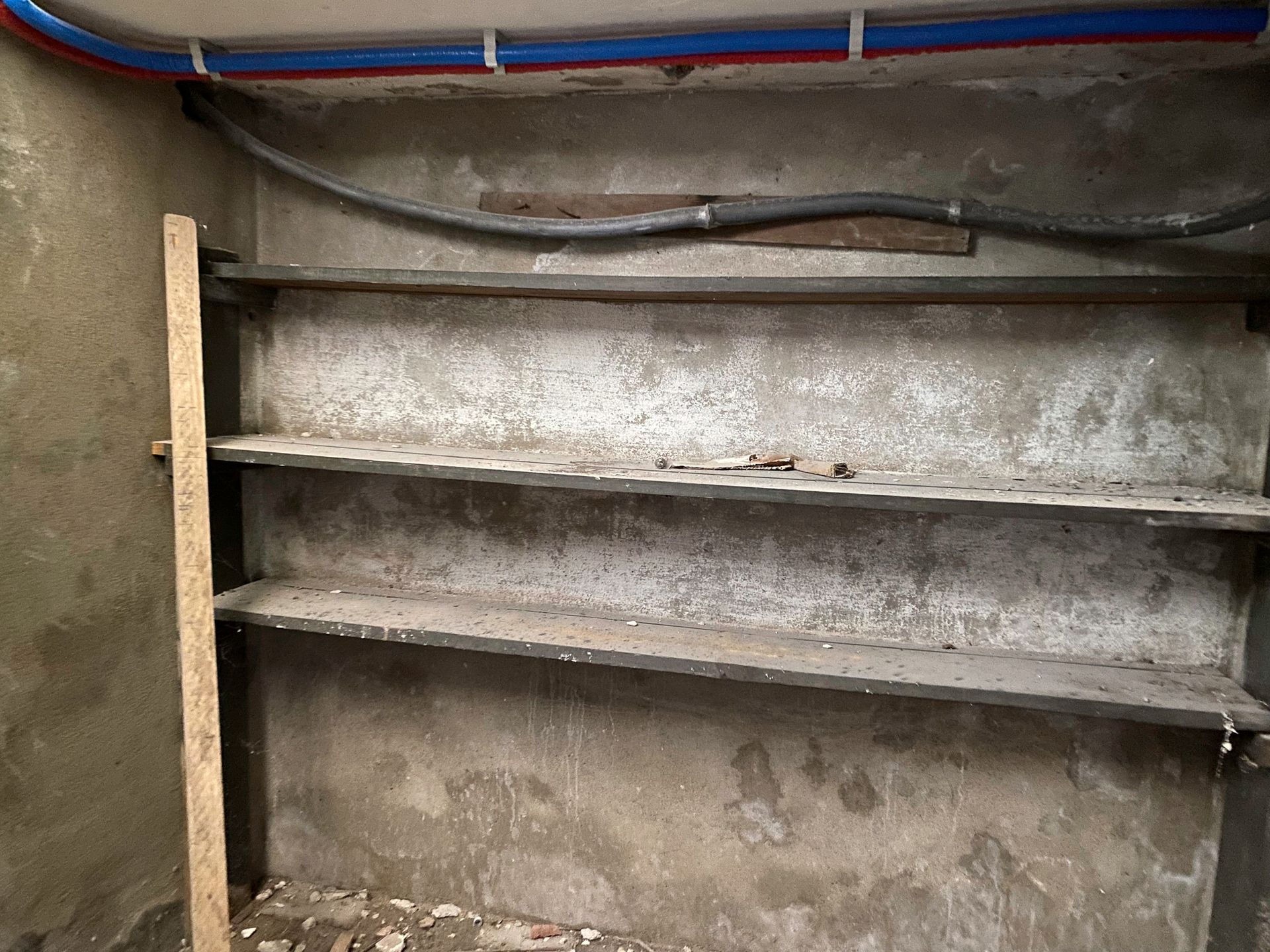Basement Crawl Space Waterproofing: Expert Tips & Solutions
Is your basement crawl space damp? Learn why basement crawl space waterproofing is crucial for preventing mold, pests, and structural damage. This article covers effective methods to keep your basement crawl space dry and maintain a healthy home.
Understanding Basement Crawl Spaces
A crawl space is a foundation that lifts your home off the ground, typically standing between three to four feet high, providing easy access to utilities and additional storage space. Think of it as a smaller, more accessible version of a basement. Many homeowners use these spaces to store large or seasonal items, making them a practical and cost-effective alternative to full basements.
However, crawl spaces are not without their challenges. One of the most common issues is moisture trapping, which can lead to mold development and pest infestations. Poorly maintained crawl spaces can become breeding grounds for mold, which can significantly impact your indoor air quality and lead to structural damage. Many people mistakenly assume that crawl spaces are meant to be damp and require minimal upkeep, but this couldn’t be further from the truth.
Keeping your crawl space dry is vital for maintaining the overall health of your home. It not only prevents structural damage but also improves indoor air quality by reducing mold and mildew growth. By understanding the purpose and potential issues of crawl spaces, you can take proactive steps to keep them in optimal condition.
The Importance of Waterproofing Your Basement Crawl Space
It is vital to waterproof your basement crawl space to ward off several serious problems. Damp crawl spaces are prime breeding grounds for mold, which can cause health issues such as allergies and asthma symptoms,. Moreover, moisture can lead to wood rot, compromising the structural integrity of your home.
Effective waterproofing solutions can significantly improve your home’s structural integrity. This process helps prevent moisture from damaging the concrete foundation and wood components, thereby averting wood rot and rust. Additionally, a well-waterproofed crawl space eliminates dampness and leaks, ensuring a dry, healthy environment that contributes to better indoor air quality.
Waterproofing also offers other significant benefits.
It can:
- Deter pests such as termites, mice, and dust mites from invading your crawl space
- Reduce energy bills by decreasing the strain on HVAC systems, leading to increased energy efficiency
- Increase the overall value of your home, making it more appealing to potential buyers.
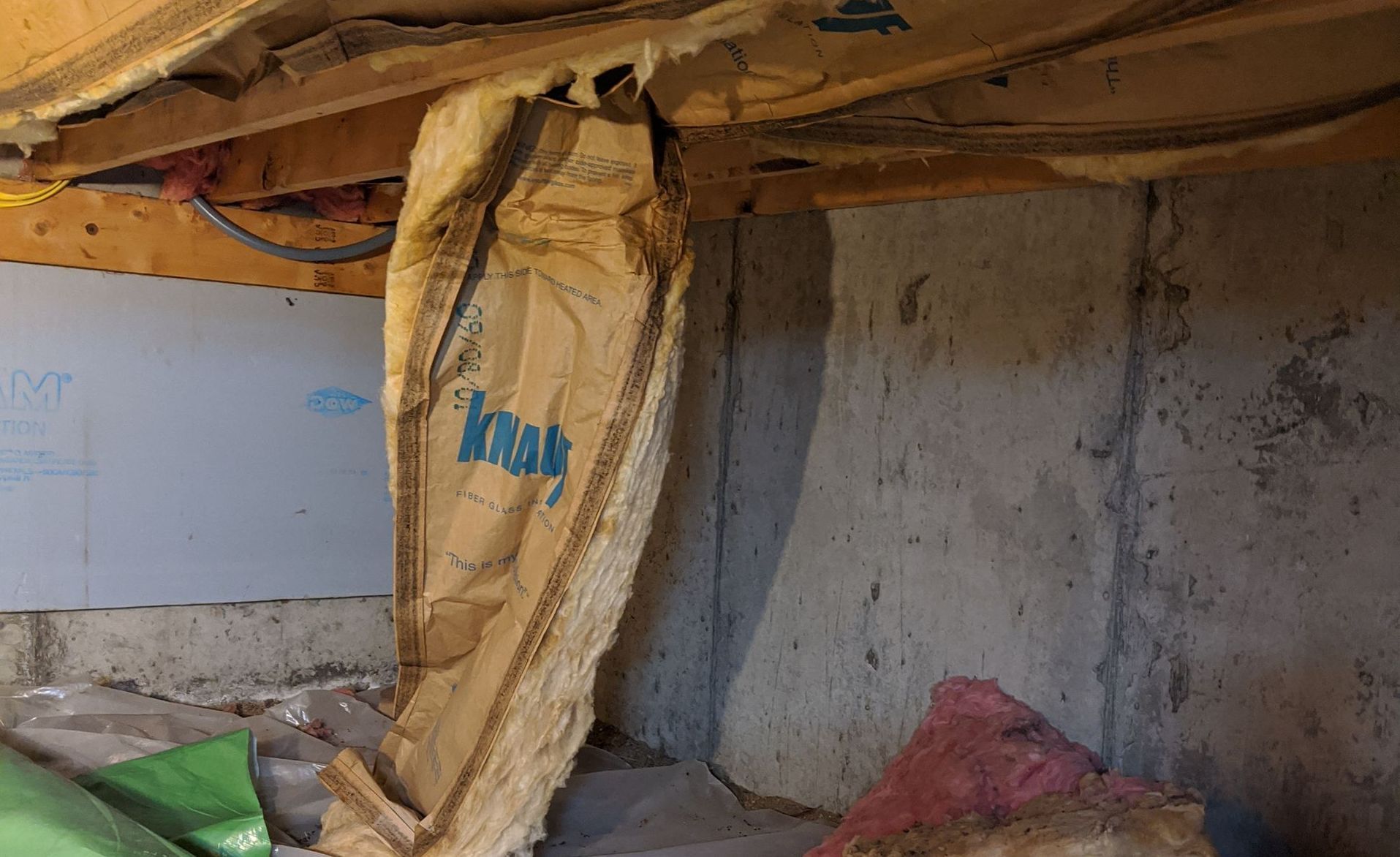
Identifying Signs of Water Problems in Your Basement Crawl Space
Detecting water issues early in your crawl space can prevent long-term damage and costly repairs. One of the most noticeable signs of a moisture problem is a musty odor. If you catch a whiff of that unmistakable damp smell, it’s a clear indicator that moisture is present.
Another red flag is the presence of:
- Mold, which can appear as dark spots on walls or floor joists
- Wood rot fungus, which can weaken the structural components of your home
- Discolored spots on non-painted foundation walls, or efflorescence, which are salt deposits left behind after a wet wall dries
These signs signify past or current moisture intrusion, possibly due to saturated soil.
In addition to these signs, the presence of pests like camel crickets and silverfish often indicates a water issue, as these creatures thrive in moist environments. Early detection of these problems is key to maintaining a safe, dry crawl space and averting additional damage.
Steps to Waterproof Your Basement Crawl Space
Waterproofing your crawl space involves several steps, starting with a thorough inspection and assessment. This initial step helps pinpoint the root of the moisture problem and identify any signs of dampness, mold, and structural damage. Before commencing the waterproofing process, it’s necessary to tackle any issues related to combustion, drainage, or mold.
Once the inspection is complete, the next steps include cleaning foundation cracks, sealing walls, and installing drainage systems. These measures play a key role in maintaining a dry and healthy crawl space. Additional steps like applying a vapor barrier and encapsulation can provide even greater protection. Let’s dive deeper into each of these steps.
Removing Debris and Preparing the Area
The first step in getting your crawl space waterproofed is to remove all debris and prepare the area. Clearing vents and openings of any debris ensures proper airflow, which helps reduce the chance of water seepage. Proper ventilation is key to maintaining a dry environment and preventing moisture buildup.
Additionally, it’s important to address any gas or combustion issues before encapsulating the crawl space. Ensure there are no leaky appliances that can filter dangerous gases into the household. This preparation step sets the foundation for the subsequent waterproofing measures, ensuring they are effective and long-lasting.
Installing Interior Drainage Systems
Installing interior drain tile systems is a crucial step in managing water seepage and leaks. Sump pumps are particularly effective for removing excess water, especially if the crawl space is prone to flooding or persistent leaks. French drains are another valuable addition, as they direct unwanted water away from the foundation walls.
The installation process involves:
- Assessing the soil and drainage around your home’s foundation to ensure rainwater is directed away from the house.
- Installing a full perimeter water management system that drains directly to the sump pump for worry-free protection.
- Using the geochannel track to collect and drain the water into a pit for the sump pump, making this an effective method to deal with water seepage and leaks.
This will help to effectively manage water and prevent potential issues.
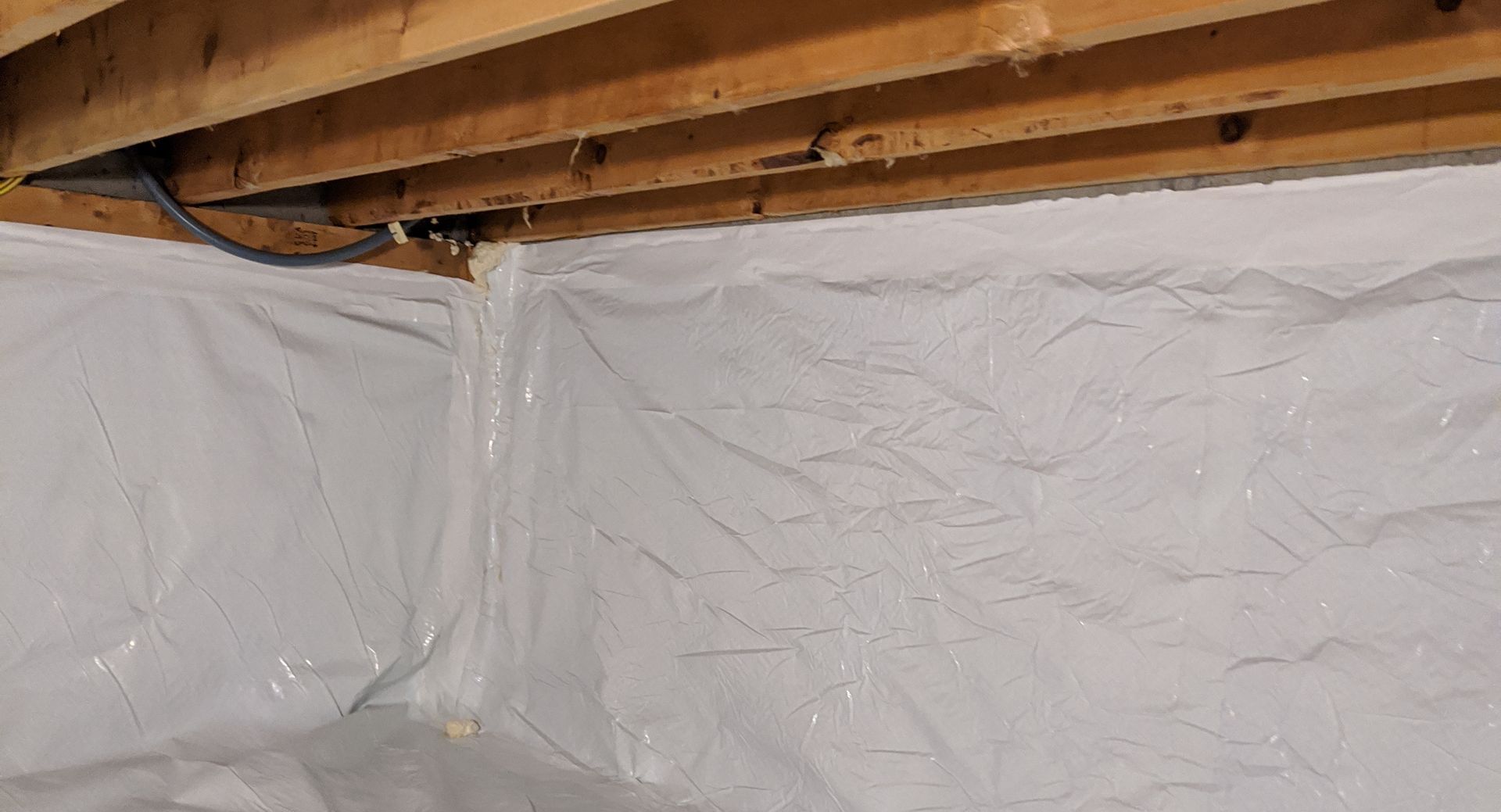
Applying a Vapor Barrier
The application of a high-quality vapor barrier is vital to keep moisture out of the crawl space. Vapor barriers provide:
- Thick plastic encapsulation that keeps moisture out
- Elimination of water damage
- Blocking of radon gas
- Making the space less attractive to pests
This step is crucial for maintaining a dry and healthy crawl space environment, with verification successful waiting playing a role in the process.
To effectively resist moisture penetration, it is advisable to choose a vapor barrier with a high perm rating. This will help to protect the enclosed area from potential moisture damage. Installing a crawl space vapor barrier keeps heavy floodwaters under the plastic, forcing them into the water management system, which helps them move quickly to the drainage system.
Encapsulation for Maximum Protection
Encapsulation provides maximum protection by sealing the crawl space, improving air quality, and preventing moisture-related issues. Proper ventilation is crucial to prevent moisture buildup, condensation, and mold growth. In humid climates, mechanical ventilation through exhaust fans or dehumidifiers is often more efficient than natural ventilation. This is because mechanical ventilation can better regulate humidity levels and improve air circulation.
Insulating the crawl space is another vital step. It helps limit condensation, regulate temperature, and improve energy efficiency.
Here are some key steps to follow:
- Install insulation in the crawl space to prevent heat loss and regulate temperature.
- Encapsulate the crawl space by sealing it off from the outside environment. This helps prevent moisture and pests from entering.
- Install a dehumidifier in the encapsulated crawl space to eliminate condensation and prevent the growth of mildew or mold.
- Have a competent contractor inspect for mold and check gas furnaces or water heaters for carbon monoxide before beginning the encapsulation project.
By following these steps and using spray foam insulation, you can ensure that your crawl space walls are properly insulated and protected in the crawl space.
Encapsulation, specifically crawl space encapsulation, can significantly improve indoor air quality according to The Basement Ace’s crawlspace encapsulation service.
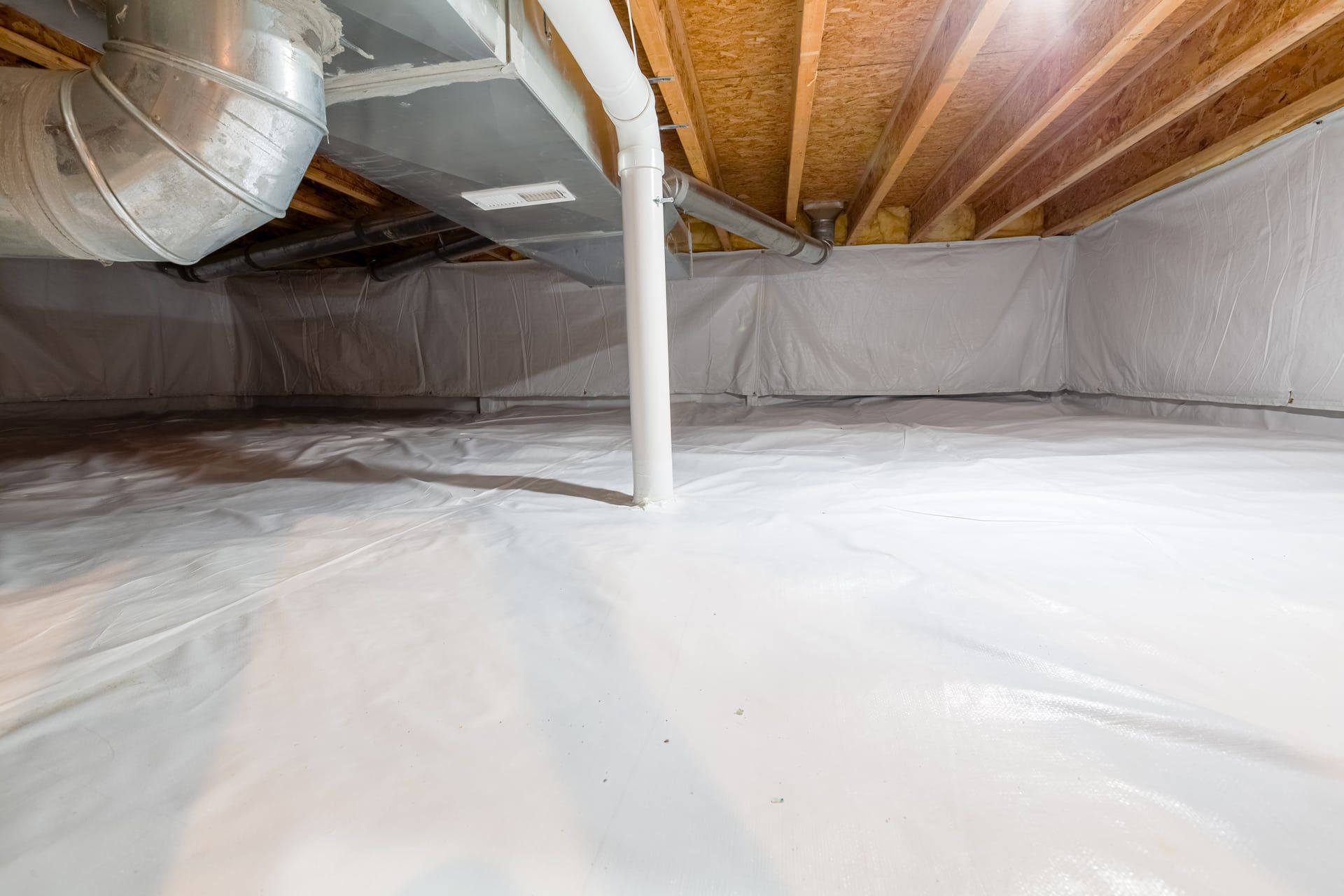
Benefits of Professional Waterproofing Services
Professional waterproofing services, provided by a reliable waterproofing contractor, offer numerous advantages that ensure a safe and dry crawl space. Professionals have the necessary training and equipment to ensure the job is done right, adhering to local building codes and safety standards. Hiring a contractor also means the work comes with warranties and guarantees, providing peace of mind for homeowners.
Moreover, professionals can save you time and effort by efficiently managing the repairs with their expertise. They provide long-term solutions by addressing underlying issues that can prevent recurring problems. Consulting an expert for inspection ensures no issues are missed and offers a clear understanding of the problems at hand. These services ultimately reduce humidity issues in crawl spaces, contributing to a healthier home environment.
Maintenance Tips for a Dry Basement Crawl Space
Consistent maintenance is crucial for maintaining a dry and healthy crawl space. Here are some steps to follow:
- Inspect your crawl space regularly to check for signs of moisture, such as dampness, mold, or condensation.
- Use a moisture meter to measure the humidity level, aiming for below 50% to prevent mold growth.
- Periodically check for moisture, mold, or pest activity.
- Keep the crawl space clean.
By following these steps, you can ensure that your crawl space remains dry and healthy.
It is also vital to maintain vapor barriers and sump pumps. If the vapor barrier shows signs of damage, repair or replace it promptly.
Use vapor barrier tape for small tears and choose a high-quality barrier with a high perm rating.
Sump pump maintenance involves several tasks.
These include:
- Testing the pump
- Flushing it
- Removing debris from the sump pump basin
- Eliminating zooglea from the pump
Annual maintenance is recommended to ensure its efficiency.
Ensuring proper ventilation and sealing access points are other key maintenance tasks.
Here are some steps to follow:
- Check vents and openings for leaks or seepage and assess the condition of the insulation.
- Install vent covers to prevent water and pests from entering while allowing ventilation.
- Regularly inspect and reapply sealants on all access points to maintain effectiveness and prevent water and pest intrusion.
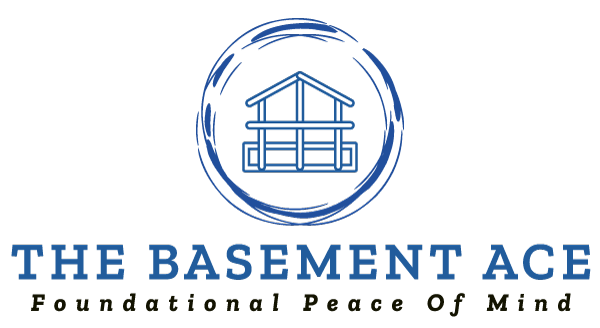
How The Basement Ace Can Help
With a specialization in foundation crack repair, structural repair, and waterproofing services, The Basement Ace is the best choice for the long-term safety and health of your home. Their wall repair and stabilization services turn vulnerable structures into robust defenses, preventing further damage. The Basement Ace offers comprehensive waterproofing solutions using innovative techniques and robust materials for long-term protection.
Their crawl space solutions are tailored to improve air quality and functionality, contributing to a healthier home environment. Recognized as the local expert for basement waterproofing, The Basement Ace can help you achieve a dry and safe crawl space. Contact The Basement Ace today!
Shield Your Home from Water Damage
Waterproofing your basement crawl space is a vital step in maintaining a healthy and safe home. By understanding the importance of waterproofing, identifying signs of water problems, and following the necessary steps, you can ensure a dry and functional crawl space. The benefits of professional services and regular maintenance further enhance the longevity and safety of your home.
Don’t wait until water issues become severe. Take proactive steps to waterproof your crawl space and consider seeking professional assistance from The Basement Ace. Your home deserves the best protection, and a dry crawl space is a significant part of that.
Frequently Asked Questions
Is it a good idea to encapsulate a crawl space?
Yes, encapsulating a crawl space is beneficial as it helps prevent moisture buildup, improves air quality, and increases energy efficiency by sealing out humidity and pests.
What is the best way to waterproof a crawl space?
The best way to waterproof a crawl space is to combine interior and exterior drainage solutions, install a vapor barrier, and encapsulate the space to fully protect it from moisture.
How do I waterproof under my house?
Waterproofing under your house involves installing a vapor barrier, ensuring proper drainage around the foundation, and potentially adding a sump pump to manage any water that enters.
How do you damp proof a crawl space?
Damp proof a crawl space by using a vapor barrier, ensuring proper ventilation, and installing drainage systems to keep moisture levels in check.
Is it OK for a crawl space to be wet?
No, a wet crawl space can lead to mold growth, structural damage, and poor indoor air quality, making it essential to keep the area dry.
